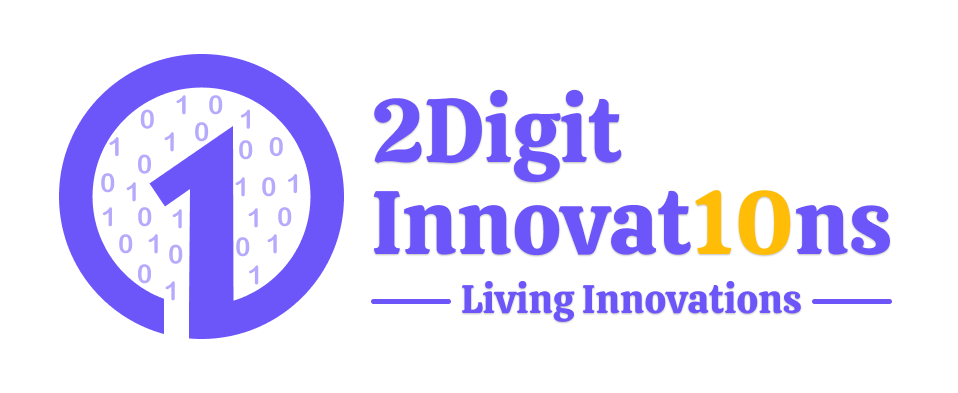How to Create an App: A Comprehensive Guide on UI/UX Design for New Businesses
19 Apr 24
How to Create an App: A Comprehensive Guide on UI/UX Design for New Businesses
In today's digital age, having a well-designed app can be the difference between success and obscurity for businesses. But how do you make your app stand out in a crowded marketplace? The key lies in creating a seamless user experience (UX) and intuitive user interface (UI) design. In this comprehensive guide, we'll walk you through the essential steps and best practices for UI/UX design when creating an app for your new business. Table of Contents | Sr | Headings | 1. | Introduction | 2. | Understanding UI/UX Design | 3. | Research and Planning | 4. | User Persona Development | 5. | Wireframing and Prototyping | 6. | Visual Design | 7. | Navigation and Information Architecture | 8. | Testing and Feedback | 9. | Iteration and Improvement | 10. | Conclusion | 11. | FAQs Introduction In the competitive world of app development, creating an app that not only looks beautiful but also provides a seamless user experience is paramount. User Interface (UI) and User Experience (UX) design play a crucial role in determining the success of your app. Whether you're developing a mobile app or a web application, mastering UI/UX design principles is essential for attracting and retaining users. 1. Understanding UI/UX Design UI/UX design is the process of creating interfaces that are both visually appealing and user-friendly. UI design focuses on the look and feel of the app, including layout, colors, typography, and visual elements, while UX design is concerned with the overall user experience, including usability, accessibility, and user satisfaction. 2. Research and Planning Before diving into the design process, it's neccery l to conduct thorough research and planning. Understand your target audience, their needs, preferences, and pain points. Research competitor apps to identify strengths, weaknesses, and opportunities for differentiation. Create a project plan outlining the app's goals, features, and timeline. 3. User Persona Development Develop user personas based on your research findings to represent your target audience segments. User personas are fictional characters that represent different user types, their goals, behaviors, and demographics. Use personas to guide design decisions and ensure the app meets the needs of its intended users. 4. Wireframing and Prototyping Wireframing involves creating low-fidelity sketches or mockups of the app's layout and structure. Prototyping involves building interactive, high-fidelity mockups that simulate the app's functionality and user interactions. Use wireframes and prototypes to visualize the app's flow, test different design ideas, and gather feedback from stakeholders. 5. Visual Design Visual design focuses on the aesthetic aspects of the app, including colors, typography, icons, and imagery. Choose a cohesive visual design that reflects your brand identity and resonates with your target audience. Pay attention to visual hierarchy, contrast, and consistency to create a visually appealing and easy-to-use interface. 6. Navigation and Information Architecture Navigation is the backbone of an intuitive user experience. Design clear and intuitive navigation paths that guide users through the app's features and content. Create a logical information architecture that organizes content in a hierarchical manner, making it easy for users to find what they're looking for. 7. Testing and Feedback Testing is a crucial step in the UI/UX design process. Conduct user testing sessions to gather feedback from real users and identify any usability issues or pain points. Use tools like usability testing, A/B testing, and heatmaps to gather quantitative and qualitative data about user behavior and preferences. 8. Iteration and Improvement Based on the feedback gathered during testing, iterate on the app's design to address any issues and make improvements. Iterative design involves making incremental changes to the app based on user feedback, testing, and analysis. Continuously monitor user engagement metrics and make adjustments as needed to optimize the app's performance and user experience. Conclusion Creating an app that delights users and drives business success requires careful attention to UI/UX design principles. By following the steps outlined in this guide and prioritizing user-centric design, you can create an app that stands out in the competitive app marketplace and delivers a superior user experience. FAQs How important is UI/UX design for the success of an app? UI/UX design plays a critical role in the success of an app. A well-designed app not only attracts users but also keeps them engaged and satisfied, leading to higher retention rates, increased user satisfaction, and ultimately, business success. How do I know if my app's UI/UX design is effective? You can measure the effectiveness of your app's UI/UX design by analyzing user feedback, conducting usability testing, and tracking key performance metrics such as user engagement, retention rates, and app store ratings. Positive feedback, high retention rates, and favorable ratings indicate that your app's UI/UX design is effective. What tools can I use for wireframing and prototyping? There are many tools available for wireframing and prototyping, ranging from simple sketching tools to sophisticated prototyping platforms. Popular wireframing and prototyping tools include Adobe XD, Sketch, Figma, InVision, and Axure RP. Choose a tool that aligns with your design workflow and project requirements. How can I improve the accessibility of my app's UI/UX design? To improve the accessibility of your app's UI/UX design, consider factors such as color contrast, text size, and keyboard navigation. Ensure that your app complies with accessibility standards such as the Web Content Accessibility Guidelines (WCAG) and conduct accessibility testing with users who have disabilities. Is it necessary to hire a UI/UX designer for app development? While it's possible to design an app's UI/UX yourself, hiring a professional UI/UX designer can greatly enhance the quality of your app's design and user experience. UI/UX designers have expertise in user-centered design principles and can help you create an app that meets the needs and expectations of your target audience.


CALL
Ready to Work Together In New Projects ?
Services
App Development
Web App Development
Digital Marketing
UI And UX Designing
Custom Mobile And Web Development
Free Tools
Quick Links
Our Apps
Find us on Clutch
Privacy & Policy
Shipping & Delivery Policy
Return & Refund Policy
Terms & Condition
FAQs
Legal
Contact
Hyde Park Crown First Floor, FF-14-21 Plot No GH-03 Sector-78, Noida, Uttar Pradesh 201306
info@2digitinnovations.com
+91 7814042409
